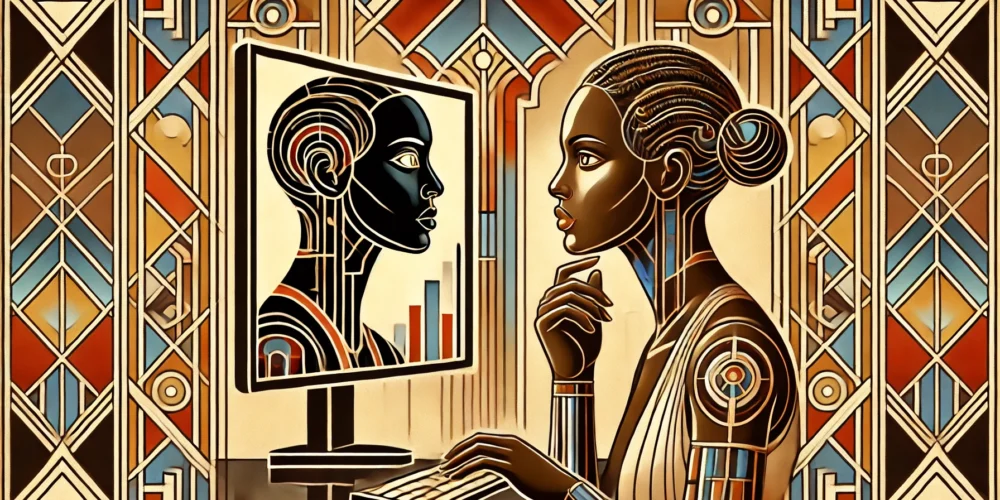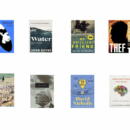AI’s moment is here. Caution needed

Last week I highlighted the three waves of computing tech that we have gone through over the past four decades or so: the personal computer, the internet, and the cloud-connected, multi-featured smartphone.
Wave four is now well and truly upon us. Artificial Intelligence. The world as we know it is being rewritten—not by quill and parchment, not even by keyboard and screen, but by algorithms that can teach themselves to get better. A potentially seismic shift in how we live, work, and play is in the offing.
ChatGPT made its debut in November 2022, and we all woke up the day after with a new set of powers at our disposal—we just didn’t know it. We will soon complete year two of the fourth wave. AI has been a long time coming, but with the advent of its new generative versions, it’s finally hit the mainstream in a big way. Let’s dive into the patterns of impact that are emerging.
This could be the most disruptive wave yet, with the potential to either catapult us forward or challenge us in unprecedented ways. Machines are now not just learning and adapting but are also beginning to surpass human capabilities. It’s a game-changer, for better or worse, and it’s happening right before our eyes.
Large-language models that can generate remarkable content based on simple prompts, in everyday human language, are becoming more and more freely available. What was once the stuff of science fiction has become very real, in no time at all. Students are conducting super-quick research and writing top-grade essays. Businesses are creating written and visual marketing content, indistinguishable from that generated by humans, at speed. Musicians are composing original, innovative tracks without lifting a traditional instrument. Game designers are creating immersive environments and complex characters at a fraction of the time and money investment of yesteryear. Medical images and test results are getting analyzed and diagnosed early and more accurately.
This could go anywhere, but what is already clear is that AI is a massive productivity enhancer for all of us. We are individually more powerful with an AI at our side—we can do so many things better and more quickly with a supercharged virtual assistant playing wingman. From everyday uses such as writing better emails, to more complex work debugging software or analyzing long reports, we can all raise our game.
But wait. How much of this is real, and how much is hyperbole?
Certainly the hype machine ran full-tilt immediately after OpenAI first revealed its baby, ChatGPT. That company’s value sky-rocketed, and once all the tech giants announced their own AI plays, trillions of dollars got added to market caps. If you believed the spin-doctors, AI would now automate everything, reverse climate change, revolutionize healthcare and education, and eliminate world poverty. Side glances are appropriate! As I write this, a stockmarket correction is happening, with sanity being somewhat restored to valuations. Perhaps now we can take a clear-eyed view of the AI phenomenon, and find the signal in the noise.
I remain convinced that the personal and organizational productivity gains offered by generative AI are real and substantial. There is need for caution, though.
AI is not an objective tool: it is fed and trained on the biases of humanity, and is only as good as its training data. Because AI to date operates as a ‘black box’, such biases are difficult to detect and eliminate. AI sometimes hallucinates and tells lies, confidently—just like some humans! AI technologies will likely be used by governments and malevolent parties for heightened surveillance and privacy breaches. The potential erosion of civil liberties is a real and present danger. Fake news, fake voices, fake videos, fake exam submissions are now easily generated, and will undoubtedly be used by bad people to do bad things. Guardrails are sorely needed.
The thing about AI, though, is that as with the technologies that preceded it, we have little choice but to show up and use it. There are significant early gains to be made in all our lives by simply trying the tools out. They will soon be embedded in all our regular devices and operating systems in any case—our sidekicks in our everyday apps. Success will come not from the tools themselves, but how distinctively we use them.
One generation that has embraced AI in full? Gen Z, naturally. In my observation, this cohort studies with it, shops with it, and even generates endless memes with it. For these Zoomers, AI isn’t just some technology in the distant future; it is lived and breathed in the here and now. They use AI to write essays, create résumés, get coached for interviews. Heck, they even get therapy from it.
So here’s my advice: use the Gen Z early adopters and natural experts, in your family and in your workplace, to help accelerate everyone’s adoption. Let them show the older folks how to check grammar, write less clunky prose, translate languages, generate creative blog posts, design visuals, create slick videos.
History’s AI moment is here. Let’s proceed, but with eyes wide open.
(Sunday Nation, 4 August 2024)

Buy Sunny Bindra's new book
The X in CX
here »
Popular Posts
- Make this your year of being boringJanuary 4, 2026
- My books of the yearDecember 14, 2025
- Confessions of an explaining personDecember 7, 2025
- Here’s why you should become foolishNovember 30, 2025
- How to listen, really listenNovember 16, 2025















